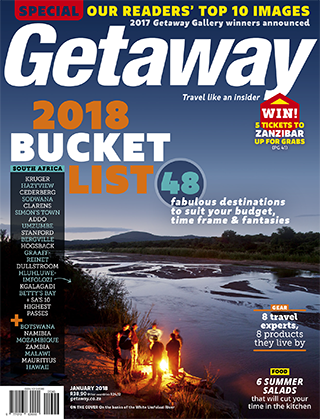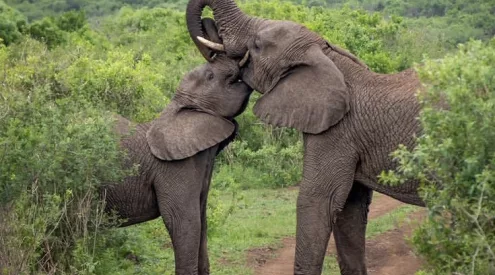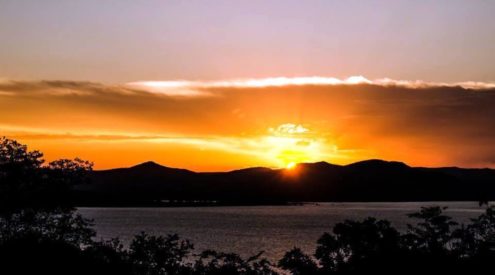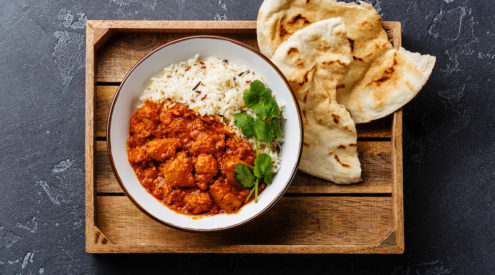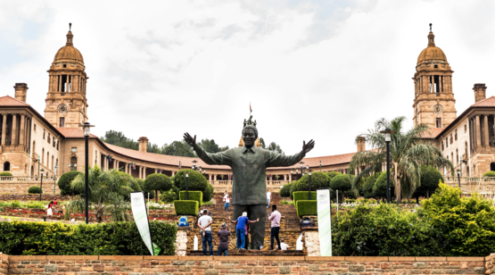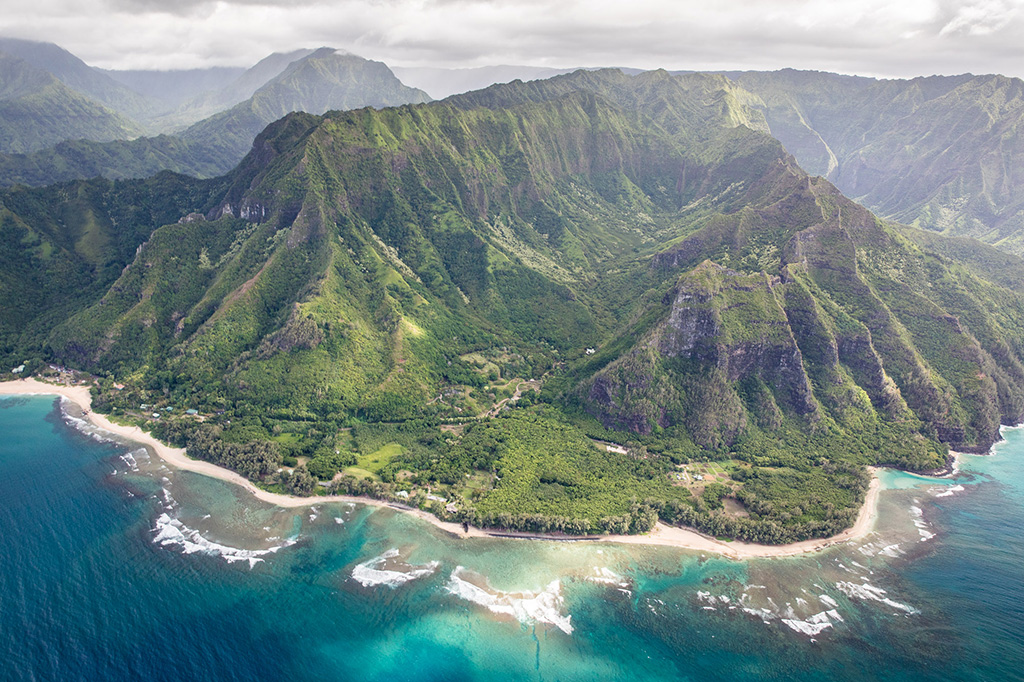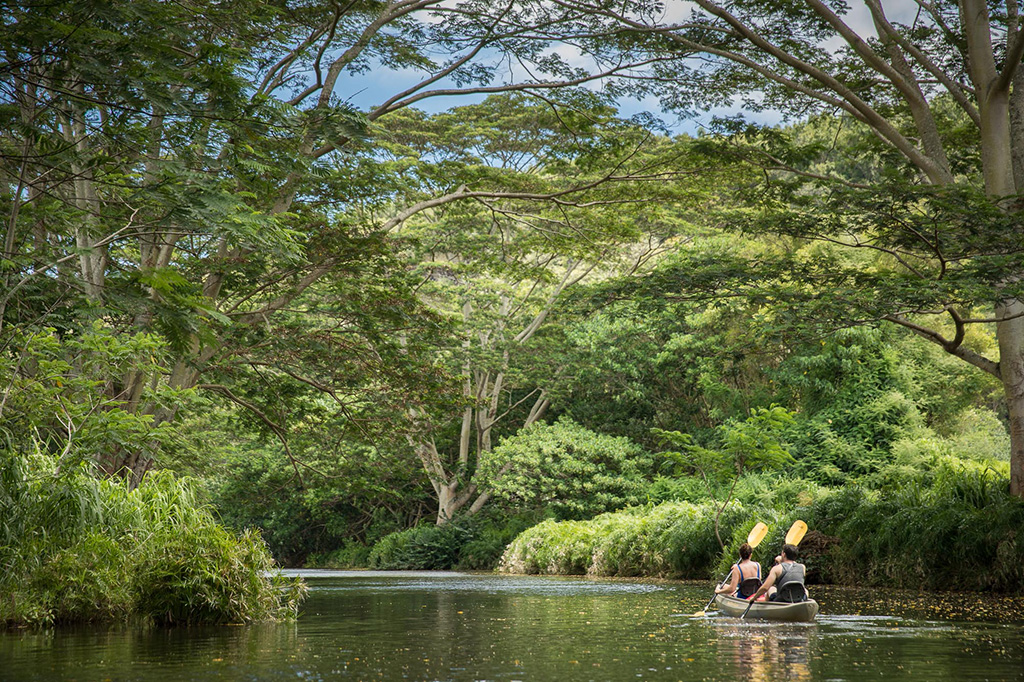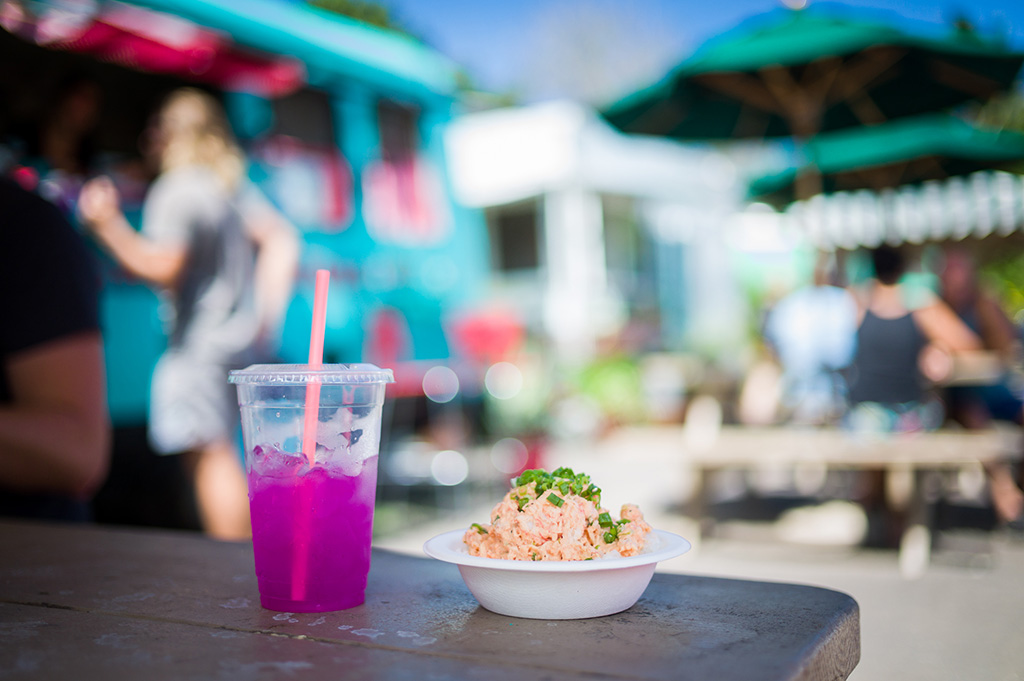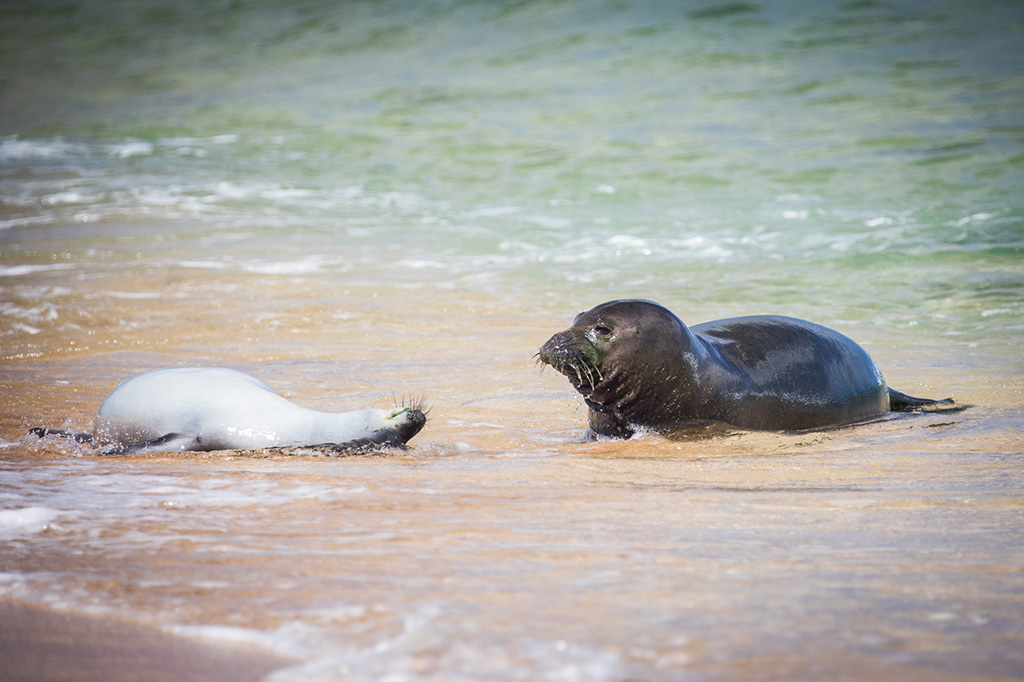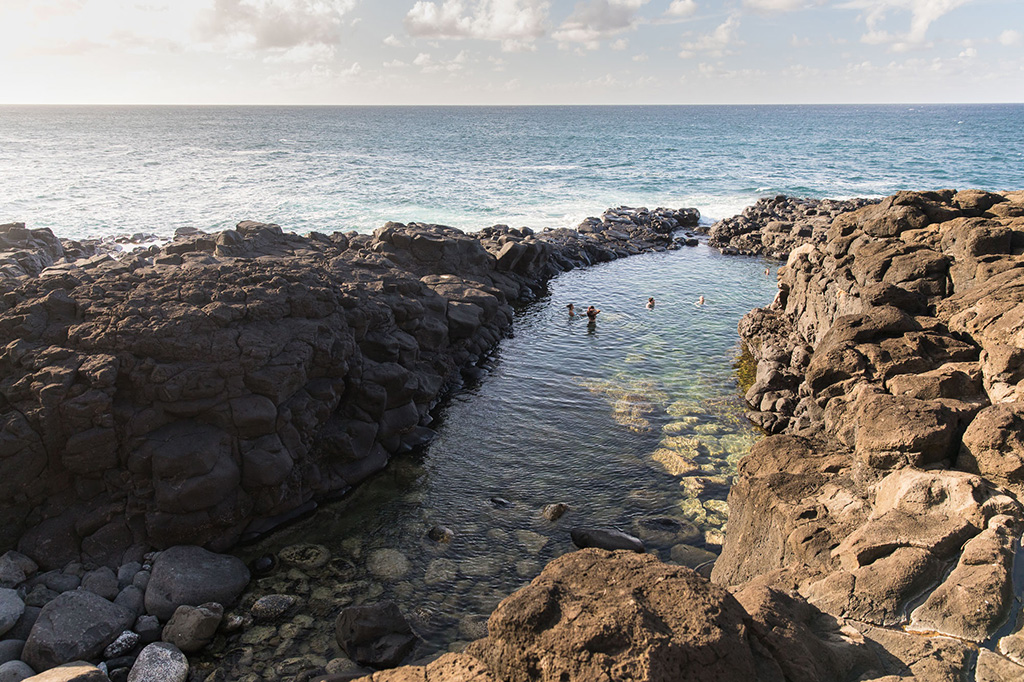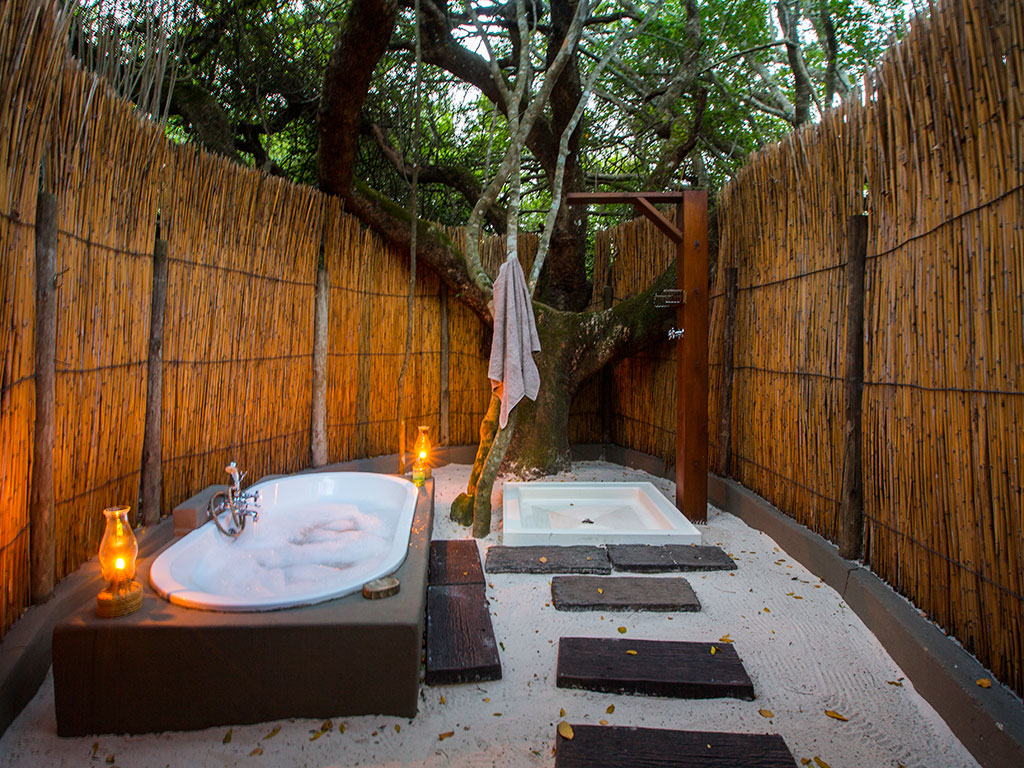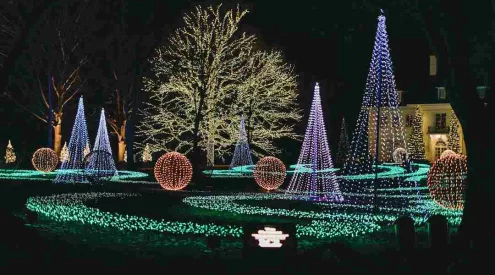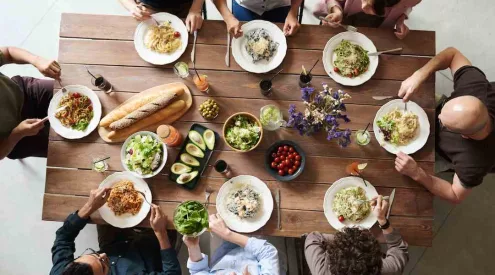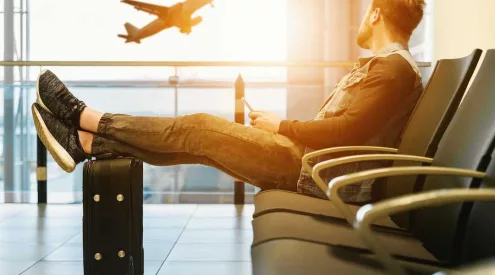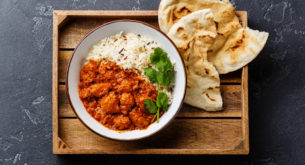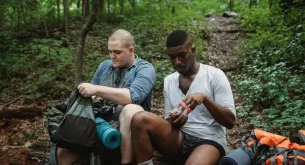Love nature, beautiful spaces and being outdoors? Kauai is the most magical fantasy garden you could wish to play in – a lush, varied landscape of towering mountains and waterfalls, razor-sharp ridges, rivers, caves, canyons, swamps and stunning beaches…
Words and photographs by Morgan Trimble.
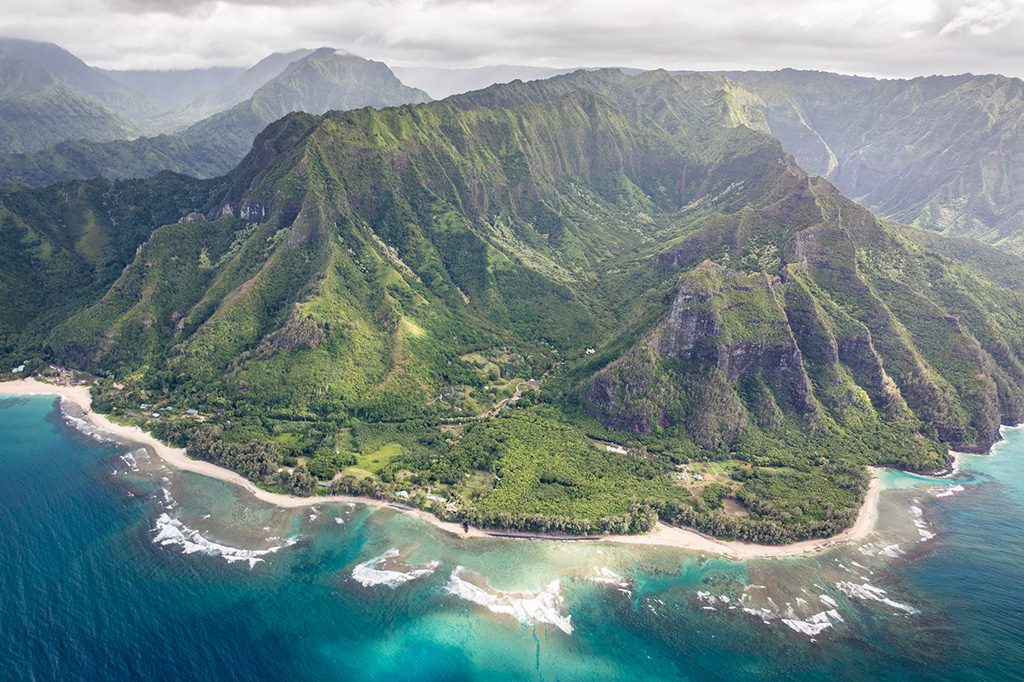
The road north stops here at Kee Beach in Haena. Further exploration of the rugged Napali Coast is by foot, boat or helicopter. Photo by Morgan Trimble.
Eight-hundred or so years ago, the first people to reach Hawaii landed their canoes on a pristine, golden-sand beach after an amazing 4000-kilometre journey from Tahiti.
My appearance on a beach in Kauai was nearly as dramatic. Absorbed by a dazzling sunset, soaring frigate birds and turquoise waves lapping the sand, I stepped on a bee. The sting thwarted my adventure plans when my foot swelled too big for hiking boots.
I spent my first few days lounging at the beach. Tragic, huh? But it was the perfect spot to watch Hawaiian monk seals, one of just two mammals native to Hawaii. So few monk seals remain that most are individually known. When one of these celebrity pinnipeds hauls out for a beach snooze, a volunteer seal watcher swoops in to ensure nobody disturbs it.
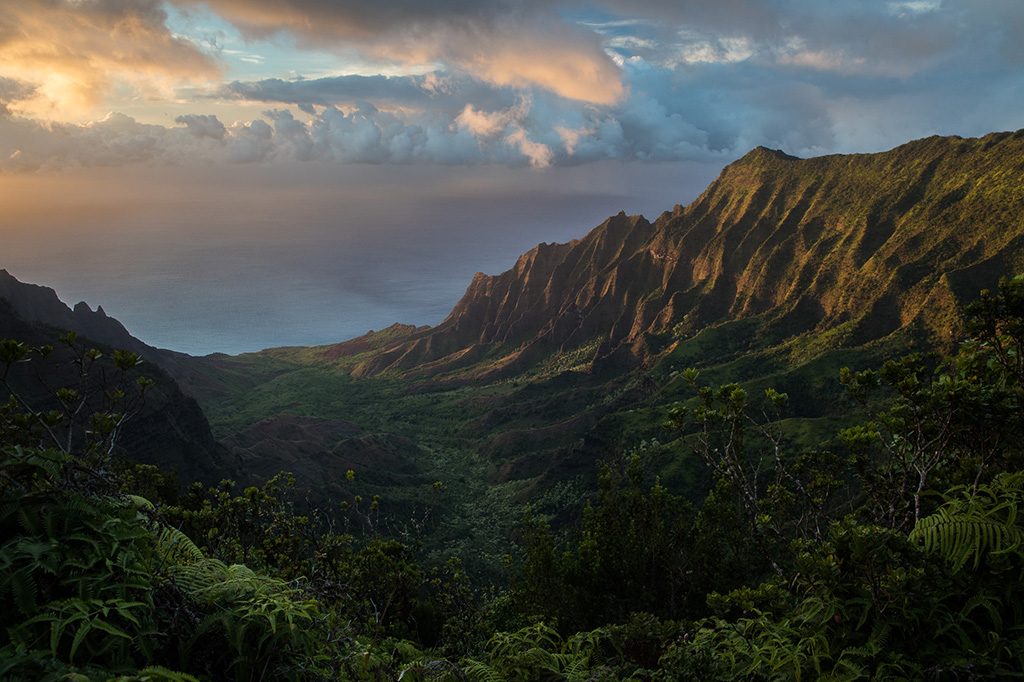
Hawaiians once farmed taro in Kalalau Valley, but today it’s the jewel in the crown of Napali Coast State Park. Photo by Morgan Trimble.
Kauai is the northernmost and oldest of the eight major Hawaiian islands. While fresh lava still adds real estate to Big Island in the south-east, Kauai has been eroding for five million years. With age comes beauty – at least for volcanic islands – and Kauai deserves its nickname: The Garden Isle.
For many, Hawaii conjures a caricature of hibiscusprint shirts, hula-dancing maidens and crowds of tourists, but Kauai is different. Roughly the size of Tankwa Karoo National Park, Kauai has less than a fifteenth the population of its similarly sized neighbour, Oahu, where high-rises fringe Honolulu’s Waikiki Beach. On Kauai, ordinances limit buildings to shorter than a coconut tree, and most of the land remains undeveloped. Both locals and visitors love exploring by foot, fin and paddle in an extensive network of nature reserves.
When the swelling in my foot eventually subsided, I was eager to tackle our first adventure – surfing. Hawaiians were catching waves centuries before Captain Cook arrived in 1778 to document the spectacle. On Kauai, experienced surfers catch six-metre waves in famous Hanalei Bay, but we novices headed for beginner-friendly Kalapaki which, unfortunately, was glassy calm.
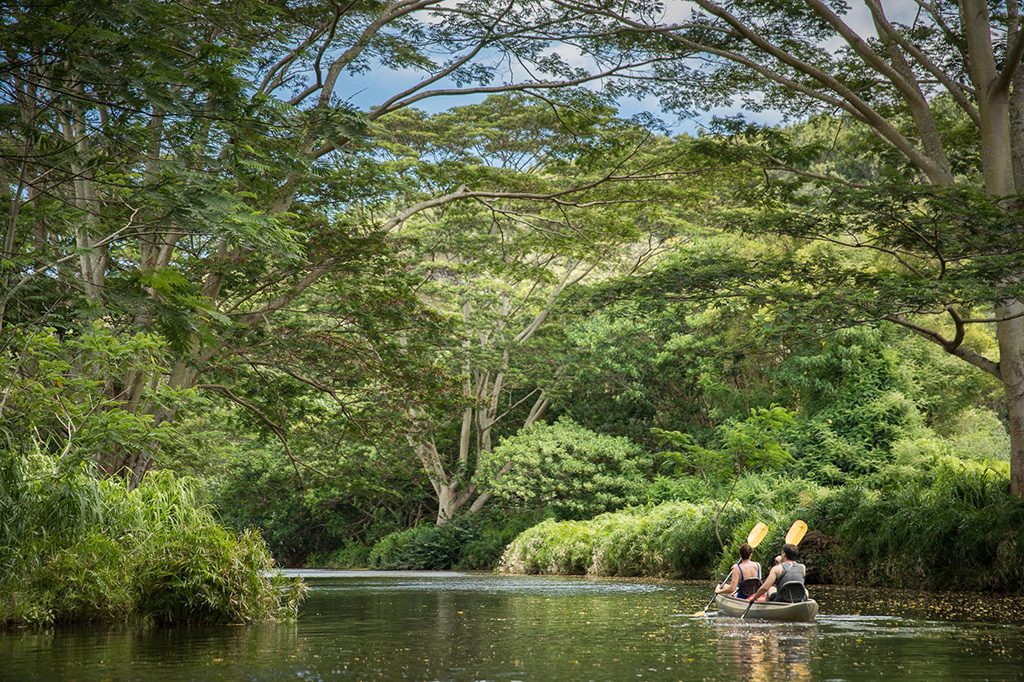
Kayaking the Wailua River provides access to Fern Grotto and a hiking trail to Secret Falls. Photo by Morgan Trimble.
Instead, we tried stand-up paddle boarding (SUP). We cruised serenely around the bay, scanning the reef for fish and turtles through clear water. Centuries back, Hawaiian chiefs used paddles to steer their five-metre-long boards. Then, in the 1940s, Waikiki surf legend Duke Kahanamoku co-invented a stand-up paddle style called ‘beach boy surfing’ that gave rise to modern SUP. On my board, I was perhaps getting overconfident when a tiny wave toppled me. Clearly, it was time for a fish sandwich at Duke’s, the beachfront restaurant named for the legend.
Hoping for good surf, we headed south to Poipu but found waves crashing over a dangerously shallow reef. We donned snorkels instead to explore what felt like an aquarium. Just a metre below the surface swarmed hundreds of colourful fish – parrotfish, butterflyfish, unicorn fish, boxfish, needlefish and reef triggerfish. The latter, which resembles a waving South African flag, is Hawaii’s state fish, referred to by locals and the linguistically gifted by its Hawaiian name: humuhumunukunukuapua‘a.
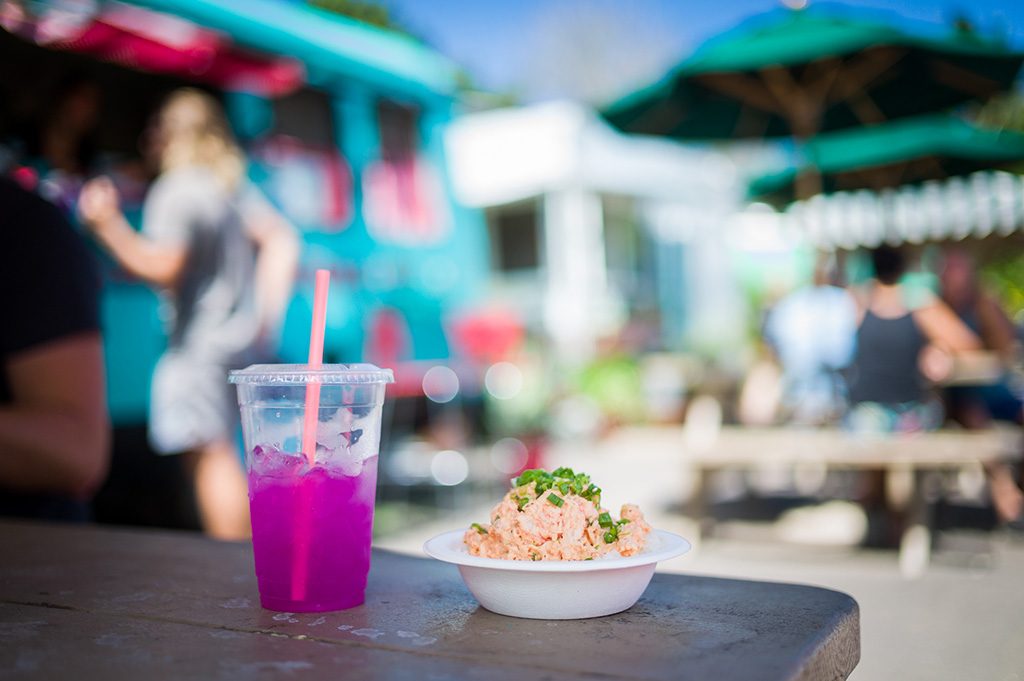
Poke is a seafood salad and Hawaiian staple – this spicy lobster poke and dragon-fruit ‘limeade’ from Trucking Delicious in Hanalei is the perfect post-beach lunch. Photo by Morgan Trimble.
Kauai isn’t all about beaches. Our next stop was Kokee State Park, a hikers’ paradise high in the mountains. We explored the rim of the arid Waimea Canyon, a massive, kilometre-deep gash where red, iron-rich soil contrasts with stunted green bushes struggling to survive. This ‘Grand Canyon of the Pacific’ sits in the rain shadow of Mount Waialeale, whose summit is among the rainiest spots on Earth, attracting an incredible 10 metres of rain per year.
Higher in the park, we hiked a 13-kilometre route through the Alakai Swamp, a forested plateau drenched in run-off from Waialeale. We hoped to spot eight of the world’s rarest birds, all Hawaiian endemics, that find refuge in high-altitude forests, but birding was tough. Most of the hike traversed rickety, 30-centimetre-wide redwood planks that have been rotting in the bog for two decades. Paddle-boarding was valuable practice for balancing on this ‘boardwalk’.
Otherworldly vegetation and low-hanging clouds, though beautiful, limited visibility. We heard many birds but only locked binoculars on two species: the brilliantly ruby-hued apapane, flitting among equally flashy red feathery ohia flowers, and a Kauai elepaio, which followed us curiously through forest undergrowth.

Endangered Hawaiian monk seals are generally solitary, but these two youngsters took time to play together in the surf at Waipouli Beach. Photo by Morgan Trimble.
Missing the other species was disappointing. Around 70 Hawaiian birds have gone extinct since people (toting exotic plants and animals) first arrived on the islands. Now, as temperatures rise, invasive mosquitoes carrying avian malaria penetrate higher altitudes, and the species clinging to existence in montane forests might not survive much longer.
Back at the coast, a friend who recently moved from Pretoria to Kauai to work with seabirds, took us to Nihoku, a patch of newly restored seabird nesting habitat inside a predator-proof fence. Conservationists had just translocated a fresh batch of endemic Newell’s shearwater chicks to the reserve. Robby Kohley, caretaker of the transplants, explained their goal: to start a colony where the ground-nesting birds would be safe from invasive predators such as cats and rats.
‘The chicks are absolutely adorable … in the most scientific way, of course,’ said Robby, who takes pride in his growing downy wards like a doting father. Once the birds leave their nests, they head to sea for three or four years, then miraculously come back to their home colony to breed. Hopefully, that home will be Nihoku.
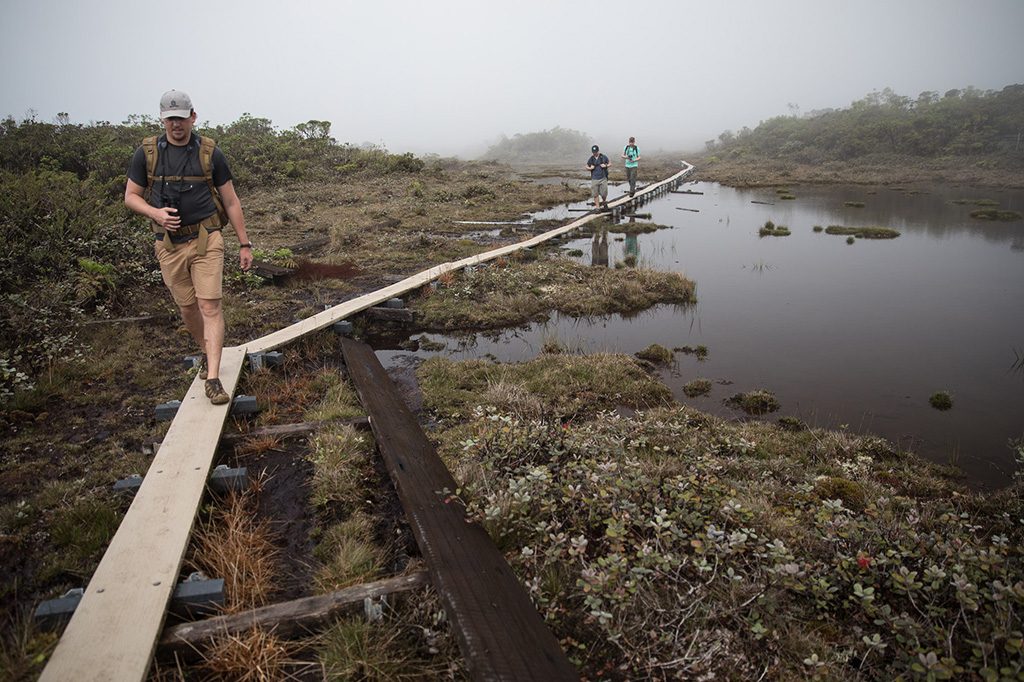
Alakai Swamp is famous for enchanting mists, treacherous bogs and rare birds and plants. Long before a boardwalk was built, Hawaii’s Queen Emma reportedly trekked through in 1871. Photo by Morgan Trimble.
We finally found good waves at Kalapaki. A little girl, maybe five years old, surfed impressively. She had her own tiny board, but held her dad’s foot for a tow to the line-up. Another local SUPed with a two-year-old perched at his feet. Neither ever fell. They had a great view of my inglorious, half-second ride on a massive longboard. My boyfriend, who was born in Durban but grew up in Joburg, must have surfing in his blood. He rode a few waves in style, and earned a thumbs-up from a local, the ultimate compliment.
We spent our last afternoon browsing quaint shops in Hanalei. As I pondered Polynesian artefacts at a place called Havaiki, my ears tuned to a familiar accent. Soon we were chatting to the South African co-proprietor, Dylan Thomas, who had sailed from Durban to Hawaii, exploring much of Oceania and buying art along the way. Though Dylan said few South African tourists make it to his shop, he runs the Howzit Kauai club for the 30-odd South Africans who live on the island. Interestingly, ‘Howzit, bru?’ is common Hawaiian slang, too, so South Africans feel right at home.
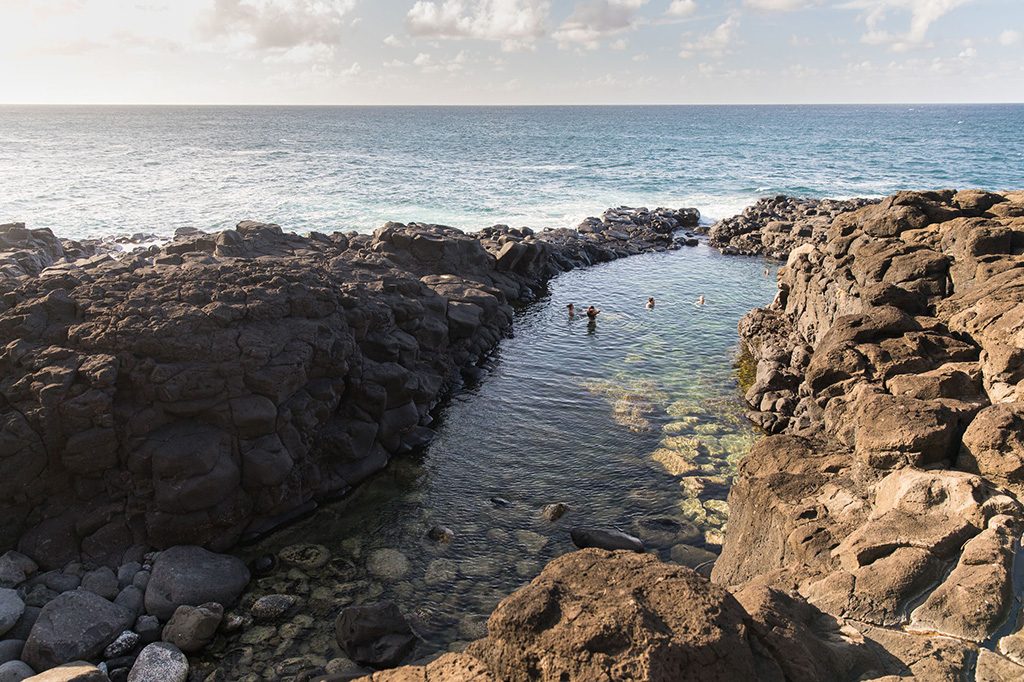
Once a royal bathing spot, Queen’s Bath, a volcanic rock tidal pool in Princeville is a unique place to swim and snorkel in calm sea water. Photo by Morgan Trimble.
Plan your trip
Getting there
Fly to London on SAA, changing to United Airlines to fly via San Francisco to Lihue on Kauai. From R17000 per person. flysaa.com, united.com. Or fly to Honolulu on Oahu and island-hop; flights are from R1000 per person one way. hawaiianairlines.com
When to go
The south shore of Kauai is more popular in winter and the north in summer. Winter (October to February) is warm but rainier, and has big swell in the north that delights surfers but shuts down boat tours and makes swimming dangerous.
Need to know
South Africans need a US visa (R2200 pp) to visit. Grocery prices exceed those on the mainland, but casual eateries, food trucks and diners have delicious meals for around R130. All beaches are public access (there are over 60) and most hiking trails are free.
Getting around
Much of Kauai’s interior is inaccessible; there is one paved road that circles the island, except where it is interrupted by the rugged Napali Coast in the north-west. The east is central–Lihue or Kapaa are close to beaches, hikes and good eats. It’s just over an hour’s drive to the end of the road in the north at Haena, or in the west at Polihale. Public buses run along this road every day, R27 a trip. Car rental is from R690 per day.
Stay here
Waipouli Beach Resort has a fantastic pool area overlooking the beach. Studio from R2540 (sleeps two). outrigger.com
The Kauai Inn in Lihue is an old classic with comfortable double rooms from R1910. kauaiinn.com
The Cabins at Kokee Park are rustic but perfectly situated for hiking in the Waimea Canyon area. From R1085 (most sleep four). westkauailodging.com
Hawaii State Parks offers scenic camping at Polihale, a remote beach camp in the west (4×4 required), and in Kokee State Park for R250 per campsite (maximum six people). hawaiistateparks.org Kauai County Parks offers camping from R40 per person – Haena Beach Park looked inviting; there are 12 other options. kauai.gov/camping
* Camping gear rental is around R480 a night (tent, stove, two sleeping bags and mattresses). kayakkauai.com, pedalnpaddle.com
Do this
Play in the sea. Kauai Beach Boys at Kalapaki and Poipu offers daily rentals of SUP boards (R890) and surfboards (R480). kauaibeachboys.com
Explore the Wailua River. Canoe hire is R480 pp a day at Kamokila Village. villagekauai.com
Visit Kilauea Point National Wildlife Refuge for views, birding and a lighthouse. Entry is R70 per person. fws.gov/refuge
Splash out on a helicopter ride. The one-hour, doors-off trip from Lihue is mind-blowing. R3970 per person. helicopters-kauai.com
Hike the Kalalau Trail – 35km along the stunning Napali Coast; camp midway for up to five days at a beach fit for castaways. Permit R275 per person per night; book in advance. hawaiistateparks.org
Eat this
Hawaiian plate lunches at the Pono Market, Kapaa. A dish like lau-lau pork wrapped in banana leaf with spicy ahi poke (raw tuna salad) and rice costs R160.
‘Shave ice’ (R90) with real fruit syrup at Hee Fat General Store.
Hawaiian hotdogs at Puka Dog, Poipu (R110) – grilled Polish sausages served with Hawaiian mustard, pineapple relish and sweet Maui onion sauce.
The daily special at Trucking Delicious food truck in Hanalei. I loved the shrimp-stuffed salmon (R220).
A fish sandwich at Duke’s, on Kalapaki Beach, costs R250.
This story first appeared in the January 2018 issue of Getaway magazine.
Our bucket list January issue features 48 fabulous destinations to suit your budget, time frame and wildest fantasies. Here’s why you should go to Botswana, Namibia, Malawi, Mauritius, Mozambique, Zambia and Hawaii in 2018.
